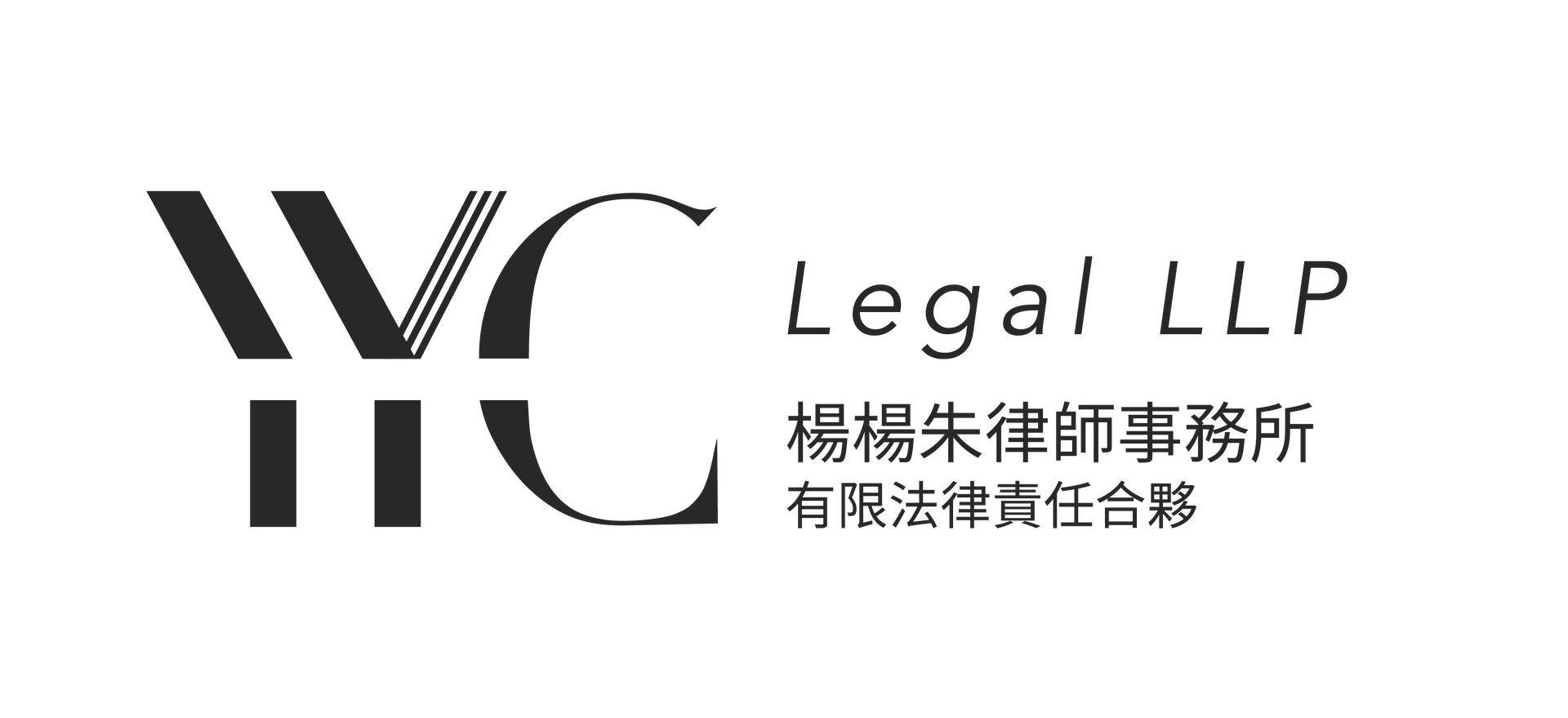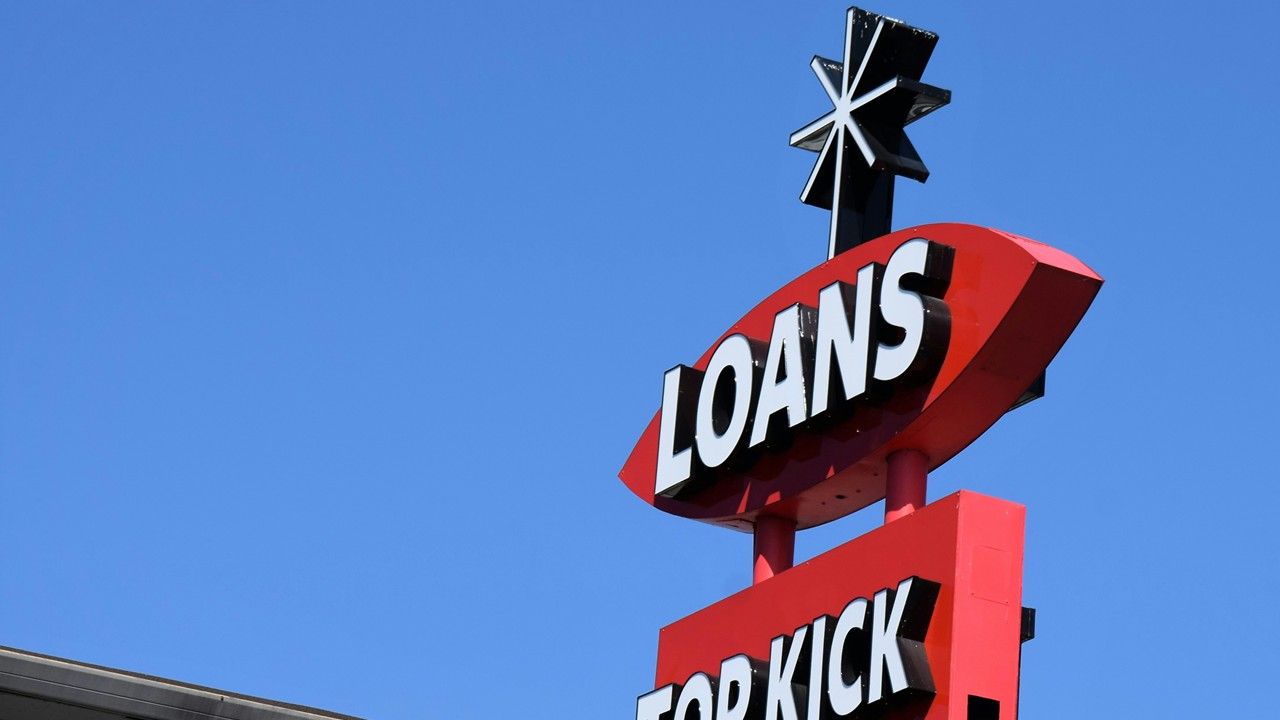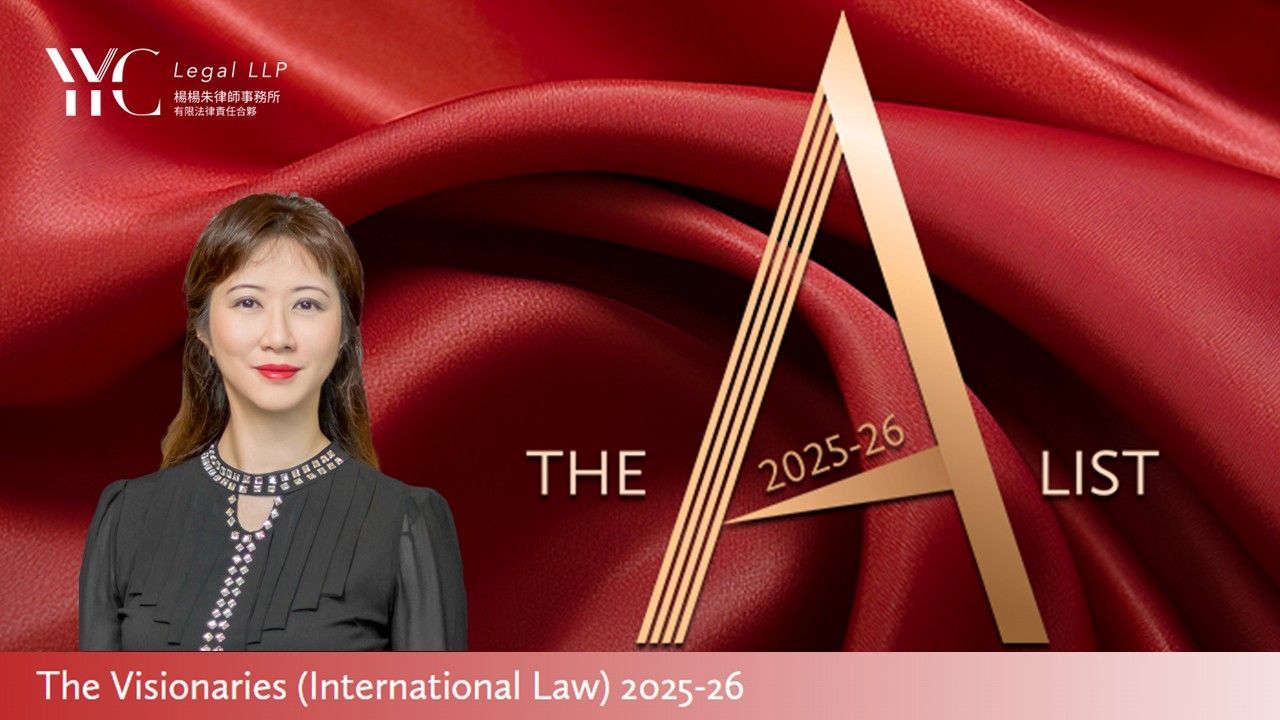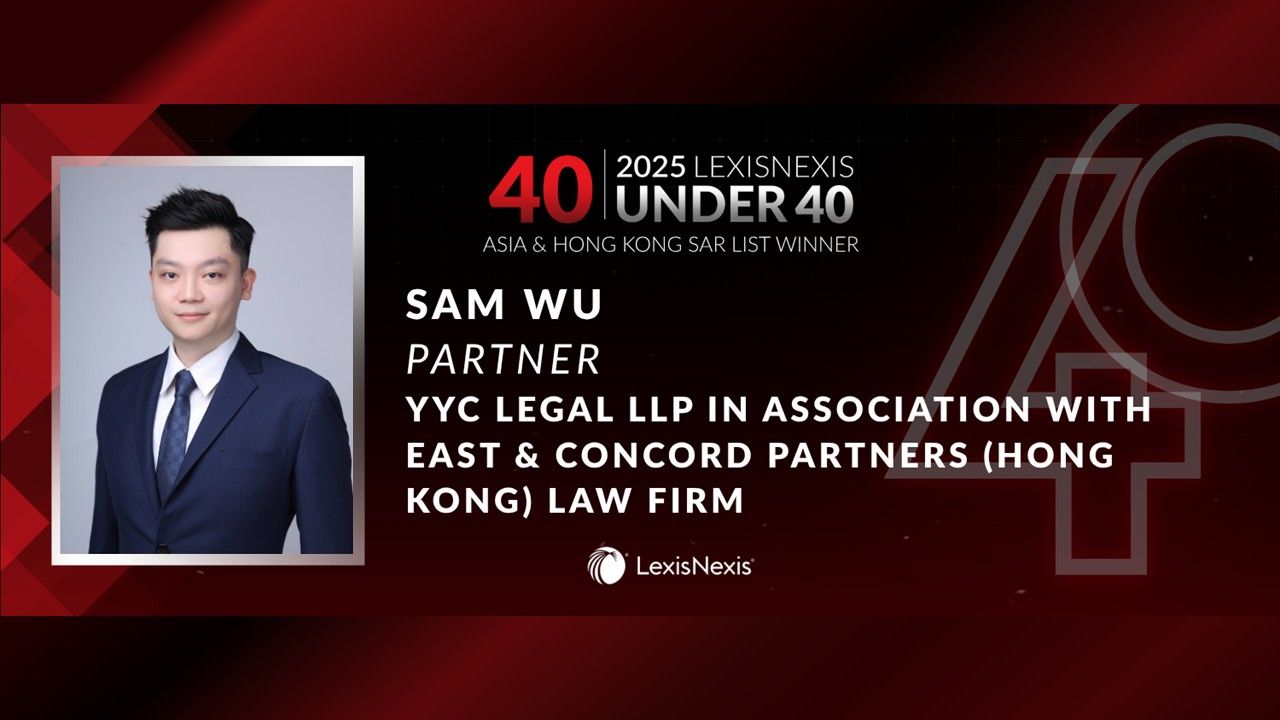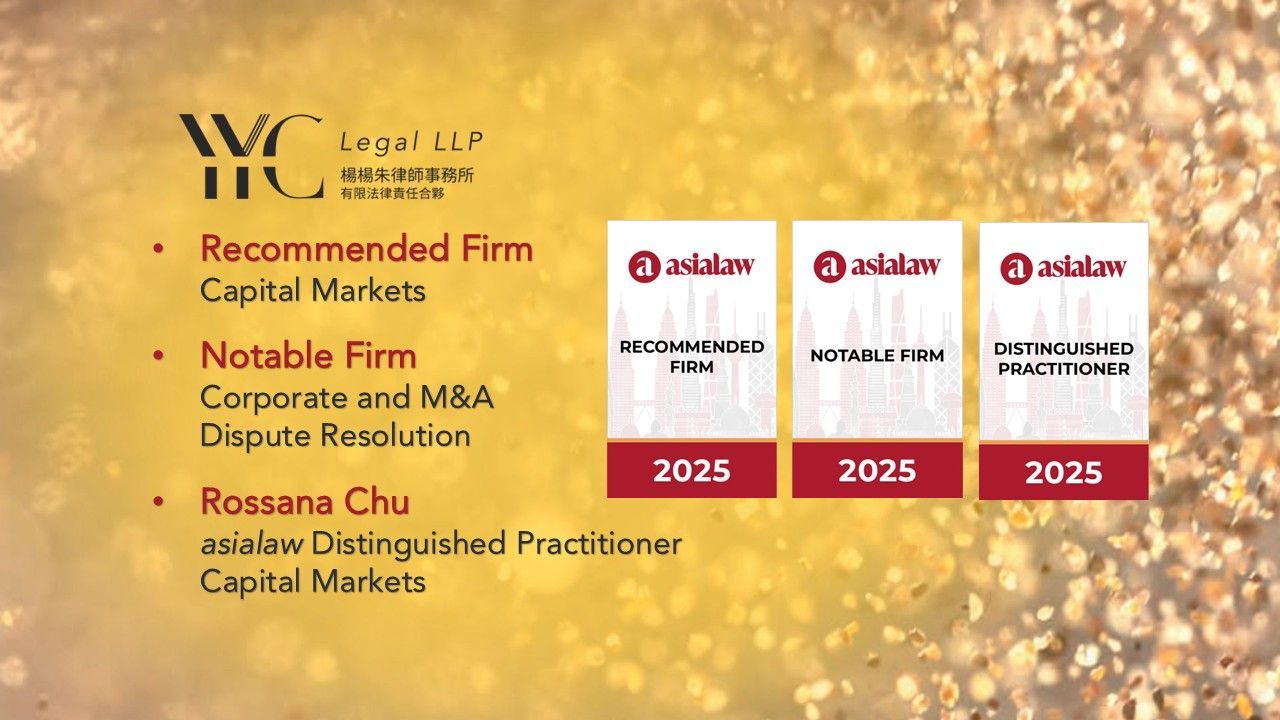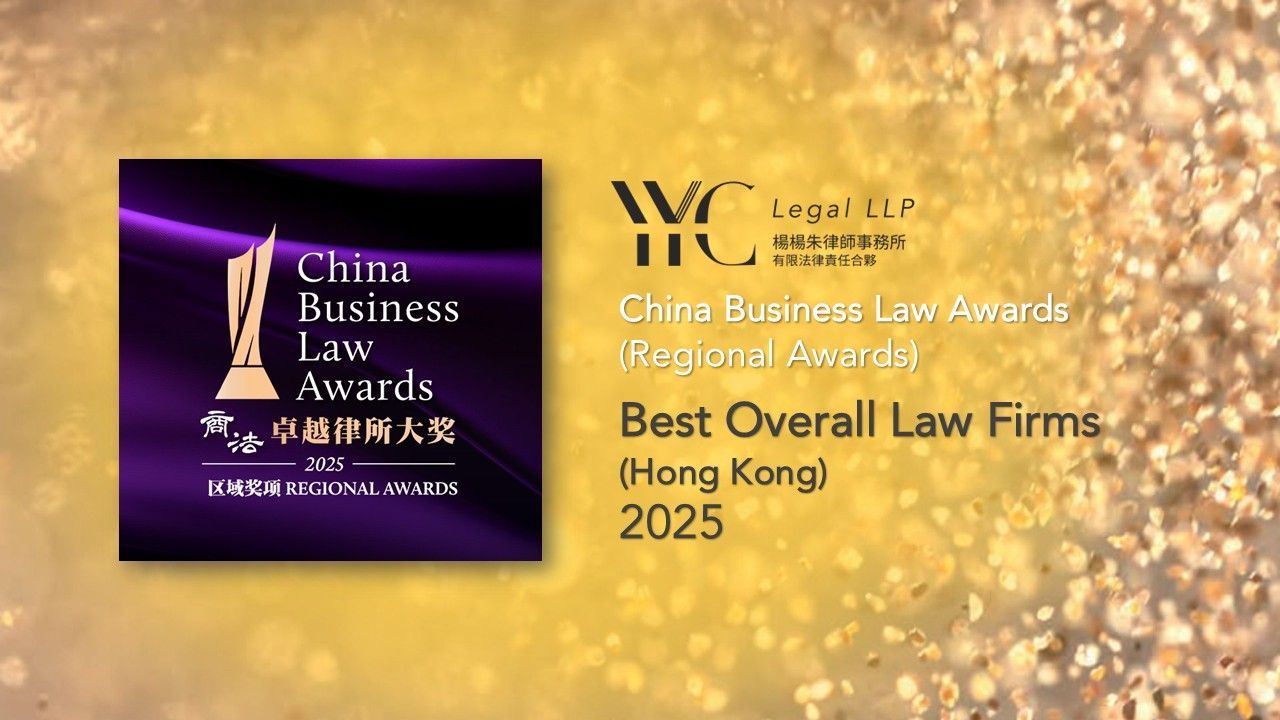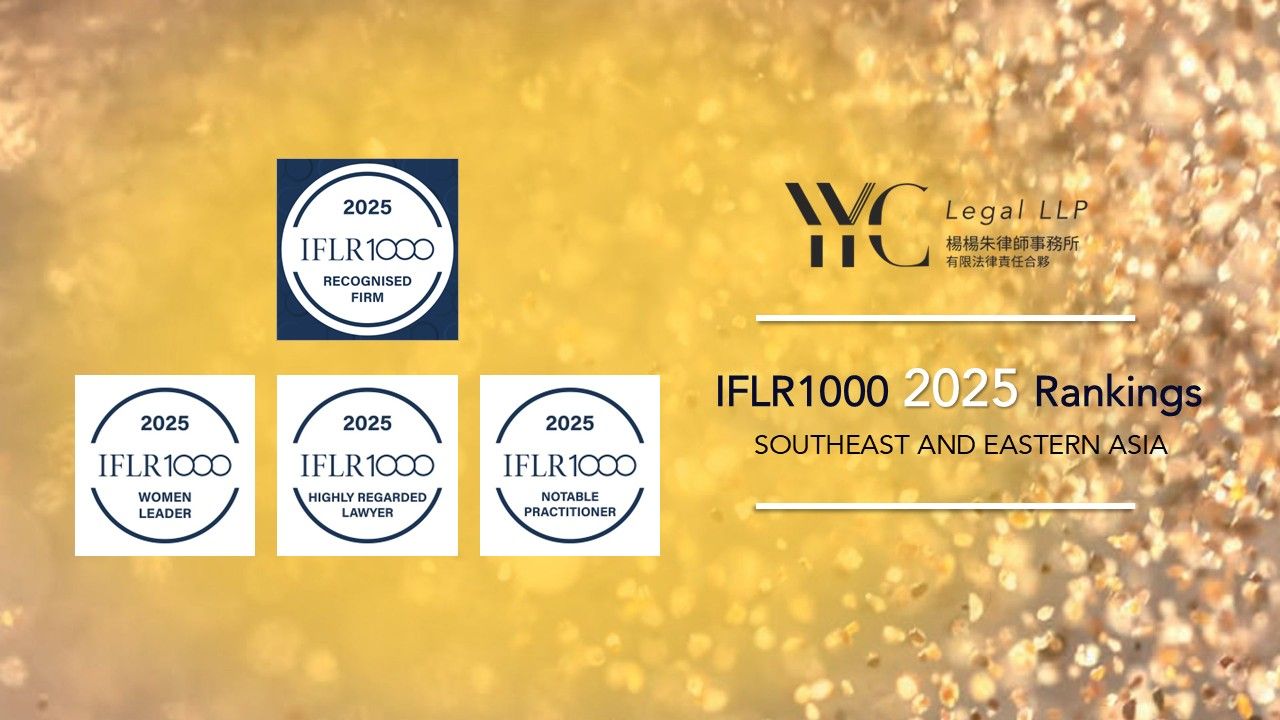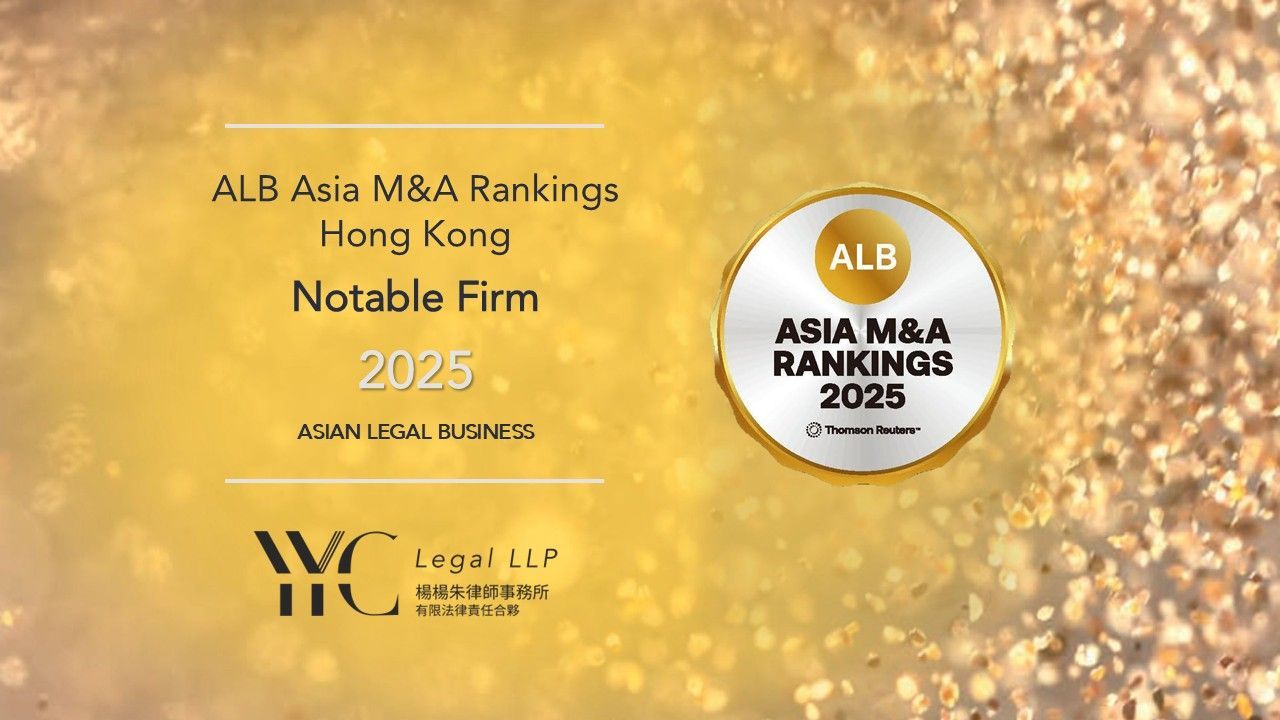Typical features of a SPAC
SPAC is a listing vehicle with no substantial business or asset, and its sole purpose is to raise capital through initial public offering (“IPO”) for future acquisition or merger with a target within a certain time period. It is typically formed by professional managers (i.e. SPAC promoters) who have private equity and corporate finance experience. At the IPO, the SPAC will issue shares for subscription by investors. It may at the same time offer SPAC warrants as a form of “sweetener” in the IPO. The SPAC may introduce new investors in the acquisition. Upon completion of the acquisition or merger, the SPAC and the target will then be combined, resulting in the listing of a “Successor Company” – this is referred to as a "De-SPAC transaction". If the SPAC does not complete a De-SPAC transaction within the specified time frame, it has to seek approval from its shareholders for an extension of the life of the SPAC, or be liquidated and the funds raised in the IPO will be returned to the SPAC investors.
Hong Kong’s SPAC regime set out in Chapter 18B of the Main Board Listing Rules
[3]
Corporate governance
- SPAC promoters:
SPAC promoters must meet the Stock Exchange’s suitability and eligibility requirements. Each SPAC must have at least one promoter being a firm that holds a Type 6 (advising on corporate finance) and/or a Type 9 (asset management) license issued by the Securities and Futures Commission (“SFC”). They may subscribe for shares in the SPAC (“Promoter Shares”) and warrants (“Promoter Warrants”) but at least one such licensed promoter must hold at least 10% of the Promoter Shares.
- SPAC directors: The SPAC board must include at least two individuals licensed by the SFC to carry out Type 6 and/or Type 9 regulated activities (one of whom must be a licensed person of a SPAC promoter). Any director nominated by a SPAC promoter to the SPAC board must be an officer of the SPAC promoter.
Listing and post-IPO obligations
- Investors’ suitability:
Professional investors may subscribe for SPAC shares and warrants. At the time of listing, SPAC shares and warrants must be distributed to a minimum of 75 professional investors of which at least 20 must be institutional professional investors and such institutional professional investors must hold at least 75% of the securities to be listed.
- Trading of SPAC shares and warrants:
Post-IPO trading of SPAC securities are limited to professional investors only. SPAC shares and warrants can be traded separately.
- Fund raising size:
Funds expected to be raised by a SPAC from its IPO must be at least HK$1 billion.
- Escrow arrangement:
A SPAC must hold 100% of its IPO proceeds (excluding proceeds raised from the issue of Promoter Shares and Promoter Warrants) in a ring-fenced escrow account in Hong Kong operated by a trustee or custodian. The monies must be held in the form of cash or cash equivalents.
- Board lot size:
The board lot size and subscription size must be of at least HK$1,000,000 for the SPAC shares.
- SPAC warrants:
The exercise price of the SPAC warrants must be at least 15% above the issue price of the SPAC shares. The exercise period must commence after the completion of a De-SPAC transaction, and must expire not less than one year and not more than five years from the date of the completion of a De-SPAC transaction. It will only result in the issuance of shares in the Successor Company upon exercise. The number of shares to be issued upon exercise of all outstanding warrants must not exceed 50% of the total number of shares in issue.
- Promoter Shares and Promoter Warrants: Shares and warrants issued by a SPAC to any of its promoters will not have listing status. If the SPAC issues Promoter Shares and/or Promoter Warrants, the promoter must remain as the beneficial owner of such shares or warrants at the listing of the SPAC and for the lifetime of such securities. A SPAC must not issue any Promoter Shares to promoters that represent more than 20% of the total number of shares in issue as at the date of its listing. Promoter Warrants must not be issued at a price that is less than 10% of the issue price of SPAC shares at IPO and must not be exercisable during the period ending 12 months from the completion of a De-SPAC transaction.
- Dealing prohibitions: SPAC promoters and their directors and employees, SPAC directors and employees, as well as their close associates are prohibited from dealing in any of the SPAC’s listed securities prior to the completion of a De-SPAC transaction.
Material change in promoters or directors
- Approval by SPAC shareholders and the Stock Exchange: If there is a material change in (1) any SPAC promoter who controls 50% or more of the Promoter Shares, (2) any SPAC promoter which holds a Type 6 or Type 9 license issued by the SFC, (3) the eligibility and/or suitability of a SPAC promoter, or (4) a SPAC director licensed by the SFC to carry out Type 6 and/or Type 9 regulated activities, then the “continuation” of the SPAC following such a material change must be approved by (a) a special resolution of the SPAC shareholders at a general meeting within one month from the change and (b) the Stock Exchange.
- Redemption opportunity: Prior to the vote on the continuation of the SPAC following a material change, the SPAC shareholders (other than holders of Promoter Shares) must be given the opportunity to elect to redeem their shares.
De-SPAC transaction
- Listing application by the Successor Company:
The target must meet all new listing requirements (including IPO sponsor appointment, due diligence requirements, financial eligibility tests and minimum market capitalisation requirements). The terms of a De-SPAC transaction must include a condition that the transaction will not complete unless listing approval of the Successor Company’s shares is granted by the Stock Exchange. At least one sponsor must be appointed to assist the listing application of the Successor Company.
- Use of the SPAC IPO proceeds: The De-SPAC target must have a “fair market value” representing at least 80% of the funds raised by the SPAC from the IPO prior to any share redemption. According to the Stock Exchange Guidance on SPAC issued in January 2022[4] (“SPAC Guidance”), when assessing the SPAC board’s opinion on the satisfaction of the “fair market value” requirement, the Stock Exchange will adopt a holistic approach and take into account factors such as (a) the basis of the opinion, (b) the negotiated value of the De-SPAC target as agreed by parties, (c) the sponsor’s opinion; (d) the independent third party investment amount and (e) the valuation of comparable companies.
- Independent third-party investment:
The SPAC must obtain funds from independent investors (restricted to professional investors only) in the De-SPAC transaction. The minimum percentage of independent investments required is 25% for a target with negotiated value of less than HK$2 billion, 15% if the value is HK$2 billion or more but less than HK$5 billion, 10% if the value is of HK$5 billion or more but less than HK$7 billion, and 7.5% if the value is of HK$7 billion or more.
- Qualification of independent third-party investors: Independent third-party investment must include significant investment from sophisticated investors. According to the SPAC Guidance, the Stock Exchange expects at least 50% of the value of the independent third-party investment be contributed by no fewer than three investors who each is (a) an asset management firm with assets under management of at least HK$8 billion or (b) a fund with a fund size of at least HK$8 billion.
- Announcement and listing document:
The announcement and the listing document to be made by the SPAC for a De-SPAC transaction must be pre-vetted by the Stock Exchange. Both documents must be published and despatched to the SPAC shareholders by the time the SPAC gives notice of the general meeting to approve the De-SPAC transaction.
- Shareholders’ approval:
A De-SPAC transaction must be approved by SPAC shareholders at a general meeting (shareholders with a material interest and the SPAC promoters must abstain from voting). Written shareholders’ approval will not be accepted in lieu of holding a general meeting. The terms of any third-party investment to complete the transaction must be subject to shareholders’ vote at the same general meeting.
- Deadlines: A SPAC must publish a De-SPAC transaction announcement within 24 months of its listing. It must complete a De-SPAC transaction within 36 months of its listing. It may submit a request to the Stock Exchange for an extension of any of the deadlines if it has received shareholders’ approval of the extension. The Stock Exchange retains the discretion to approve or reject an extension request, but any extension will be for a period of only up to 6 months.
Redemption
- Redemption circumstances: SPAC shareholders must be given the option to redeem their shares prior to a general meeting to approve (a) the continuation of the SPAC following a material change referred to above, (2) a De-SPAC transaction or (3) the extension of any of the deadlines mentioned above.
Liquidation and delisting
- Return of funds to shareholders:
If a SPAC fails to obtain shareholders’ approval for the continuation of the SPAC following a material change referred to above or fails to meet any of the deadlines as mentioned above, it must be liquidated and return all of the funds kept in the escrow arrangement to its shareholders. The Stock Exchange will then delist the SPAC.
Application of Hong Kong Codes on Takeovers and Mergers and Share Buy-backs
[5]
- Application to the SPAC prior to a De-SPAC transaction: The Hong Kong Codes on Takeovers and Mergers and Share Buy-backs (“Takeovers Code”) will apply to a SPAC. Where a person acquires SPAC shares such that it and its concert parties hold 30% or more of the voting rights of a SPAC, then it will have the obligation to make a general offer to holders of the other SPAC securities.
- Waiver of application to a De-SPAC transaction:
The SFC may waive the application of mandatory general offer obligation under the Takeovers Code in relation to a De-SPAC transaction, i.e. even if an owner of the De-SPAC target obtains 30% or more of the voting rights in the Successor Company after completion of the De-SPAC transaction, its obligation to make a general offer will be waived. When considering the waiver application, the SFC may consider factors such as (a) the De-SPAC target owner’s shareholding in the SPAC and its dealings in SPAC securities and (b) any relationship between the owner of the target and the SPAC promoters, and parties acting in concert with any of them.
SPAC promoters
SPAC investors rely on the SPAC promoters’ ability to identify suitable De-SPAC targets and negotiate terms for the De-SPAC transactions that will provide them with attractive returns on their investments. In order to avoid SPAC promoters signing up for De-SPAC transactions with sub-standard targets, the Stock Exchange will consider only experienced and reputable promoters to be suitable. The SPAC Guidance sets out expectations on a promoter’s track record in SPACs, fund raising and investment management, as well as relevant criteria such as details of its licenses, potential competition with the SPAC, and history of compliance with applicable laws and regulations. Although such high entry point will help safeguard the investors’ interests, it limits the pool of institutions and persons to be eligible as SPAC promoters.
Redemption rights vs additional third-party investments
Another protection afforded to SPAC shareholders is their rights to redeem shares in the SPAC. However, the Joint Study referred to by the Stock Exchange[6] found that the average and median redemption rates among its 2019-20 study cohort were as high as 58% and 73%, respectively. A quarter of the cohort saw redemption rates of over 95%. An average of 92% of institutional investors in SPACs divested their SPAC shareholdings prior to the closure of De-SPAC transactions, either through redemption or selling their SPAC shares in the secondary market.
Where redemptions reduce the cash amount for completing De-SPAC transactions, many SPACs mitigate this concern by seeking third party investments that are contingent upon the closing of the De-SPAC transactions. The Joint Study found, for a third of the SPACs in its study cohort, the majority of overall funds raised by a SPAC were not from the SPAC IPO proceeds, but from additional third-party investments.
While the redemption right provides an exit to the SPAC shareholders, it also creates uncertainty to the SPAC resources for closing De-SPAC transactions which ironically is the primary objective of the SPAC.
Vetting of the listing application of the Successor Company
During the public discussions on SPACs before the Stock Exchange issued its consultation paper in September 2021, one controversy was, apart from the SPAC shareholders’ approval of the De-SPAC transaction, whether the Successor Company’s listing application should be subject to the current new listing requirements, and if not, whether SPACs might open a leeway for listing of De-SPAC targets which would not otherwise satisfy the new listing requirements.
The Stock Exchange proposed to consider a De-SPAC transaction in the same way as a reverse takeover (i.e. a deemed new listing) and require the Successor Company to meet all new listing requirements. Although such proposal received opposition from 33% of the respondents, the Stock Exchange stressed that the intention of introducing the SPAC regime is not to replace the traditional IPO route.
Therefore, the Stock Exchange adopted its proposal. All new listing requirements apply to the listing application of a Successor Company which include IPO sponsors who are to ensure the quality of assets and businesses listed via De-SPAC transactions by ensuring due diligence on the targets. In respect of the management continuity and ownership continuity requirements, the Stock Exchange may grant waivers on a case-by-case basis.
On top of the new listing requirements, the completion of a De-SPAC transaction also depends on the negotiation with the target owner, the availability of independent third-party investments and the Stock Exchange’s vetting of the listing application including the valuation of the target (which is unlikely to be faster than the vetting of a traditional listing application).
It seems that a SPAC structure does not put the De-SPAC target in a position that makes it easier to list the target’s business in Hong Kong.
Market misconduct risks
A SPAC does not have any business operations. The market value of its securities depends very much on whether it is able to seek suitable De-SPAC targets and complete a De-SPAC transaction. This means that someone possessing inside information regarding such a transaction prior to its announcement might make a substantial gain from insider dealing in the SPAC securities before the transaction is announced. Consequently, the probability of insider dealing occurring in a listed SPAC tends to be higher than for an ordinary listed company.
A SPAC’s share and warrant prices are likely to be very sensitive to rumours on potential De-SPAC transactions. It may make SPAC securities more susceptible to market manipulation attempted by fraudsters who deliberately spread rumours (e.g. via social media platforms) of a forthcoming De-SPAC transaction to raise the prices of SPAC shares and/or warrants to levels at which it is advantageous for them to sell.
Regulators will need to step up their oversight on dealings in SPAC securities in order to address the risks of market misconduct.
Overall implications of the Hong Kong SPAC regime
The launch of the SPAC regime offers more investment alternatives and thus strengthens Hong Kong’s position as a leading international financial centre, but the stringent requirements are not likely to attract a large number of SPAC IPOs in the short run.
